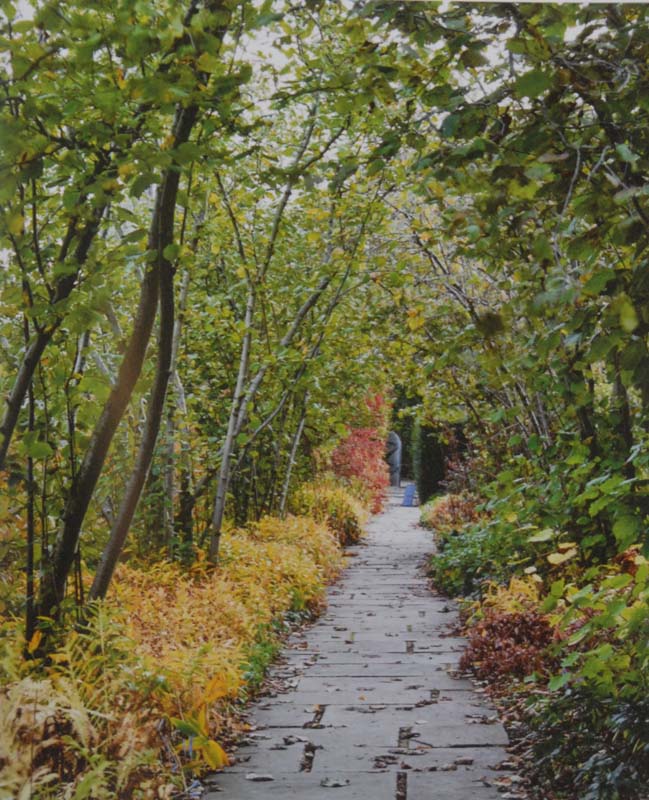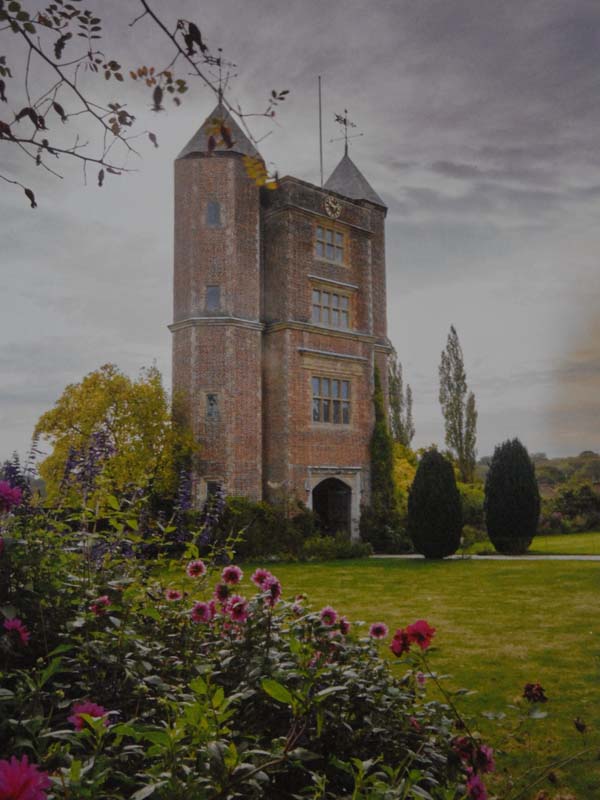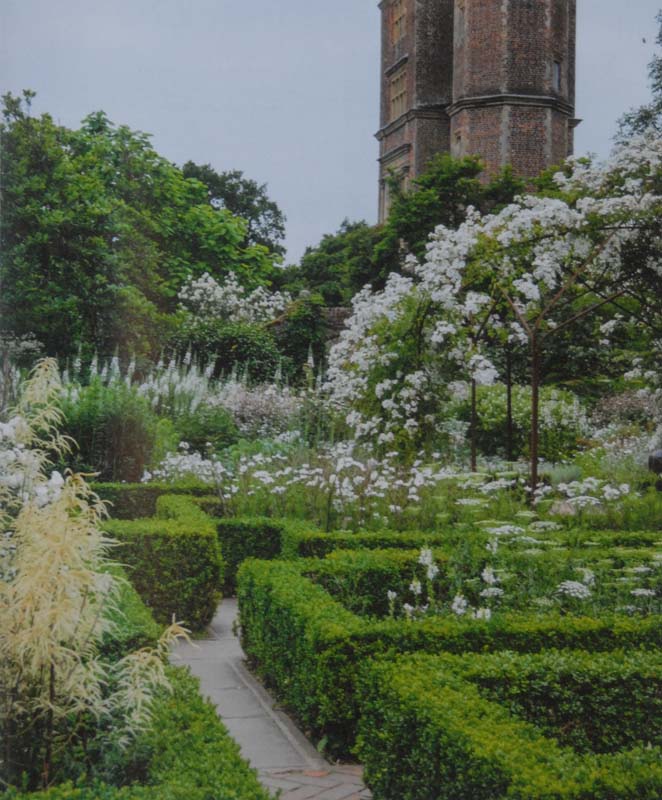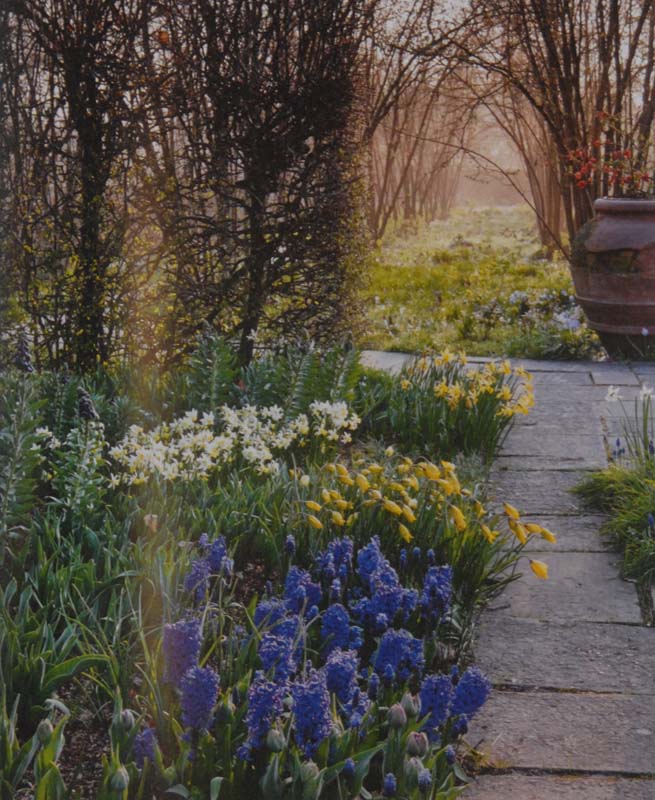Sissinghurst, The Dream Garden
With this book Sissinghurst has received what it so deservedly merits, an author whose writings do it justice, for reading Tim Richardson’s book has been an enjoyment comparable to visiting Harold Nicholson’s and Vita Sackville-West’s garden. Both are simply superb.
The garden’s creators are no longer with us; the garden has been in the care of the National Trust and of its gardeners and it has changed over those years, moved from what and how it was – some would say drastically so – to a state which, though beautiful and appealing, was not how it was nor even intended to be. Many commented on these changes, the author foremost among them, and called for the “revitalisation” of Sissinghurst, a return to the style of Vita Sackville-West. This process is in train, a time for those involved to research, reflect and redevelop one of Britain’s great gardens. Tim Richardson brings his research and his reflection on this process and his description of the garden and of the work in progress to us in this most informed, informing and insightful book.

He is sympathetic to the “difficulty today’s gardeners have in dealing with historic gardens of herbaceous material, where they must attempt to ‘method act’ their way into the mind of long-dead gardener-owners much as an actor might try to inhabit the mind of a character they are playing.”
The book is organised around descriptions of the areas of the garden, The Top Courtyard, The Rose Garden, The Nuttery, The Cottage Garden and The White Garden among them, thirteen in all, and these provide settings for informative insights into the history and development of the garden and into the people who created it along with detailed description, analysis and comment on the design and planting of each area. The text is perfectly and beautifully accompanied by Jason Ingram’s photography. It captures the atmosphere of the garden and the beauty of the planting skillfully.

Of the garden, the author says that though Hidcote was an inspiration, “Sissinghurst has none of the poise and rhythm of Hidcote, where everything seems felicitously balanced and spaces segue into each other deftly and with panache. Sissinghurst works in quite another way – proceeding in an illogical manner, with several abrupt or uncertain transitions. Yet, that is all part of its charm and character. Sissinghurst is a place of slight misalignments and joyful moments. Like Vita and Harold themselves, it is congenitally shew-whiff” and “when seen on a plan, none of the lines and demarcations in the garden make any sense. But how well it works on the ground. It is its very eccentricity and spontaneity which sets it apart.”
Click on the first image to start a slideshow of images from the book:
Of Vita, he says: “Vita wanted above all to be a great writer; in truth she was a talented journalist, a mediocre though commercially successful novelist, a competent poet and a garden maker of historic importance.”

If you wish to know and understand Sissinghurst, you must read this book.
[Sissinghurst, The Dream Garden, Tim Richardson, Photography by Jason Ingram, Frances Lincoln, London, 2020, Hardback, 224 pages, ISBN: 978-0-7112-37346, £30]













